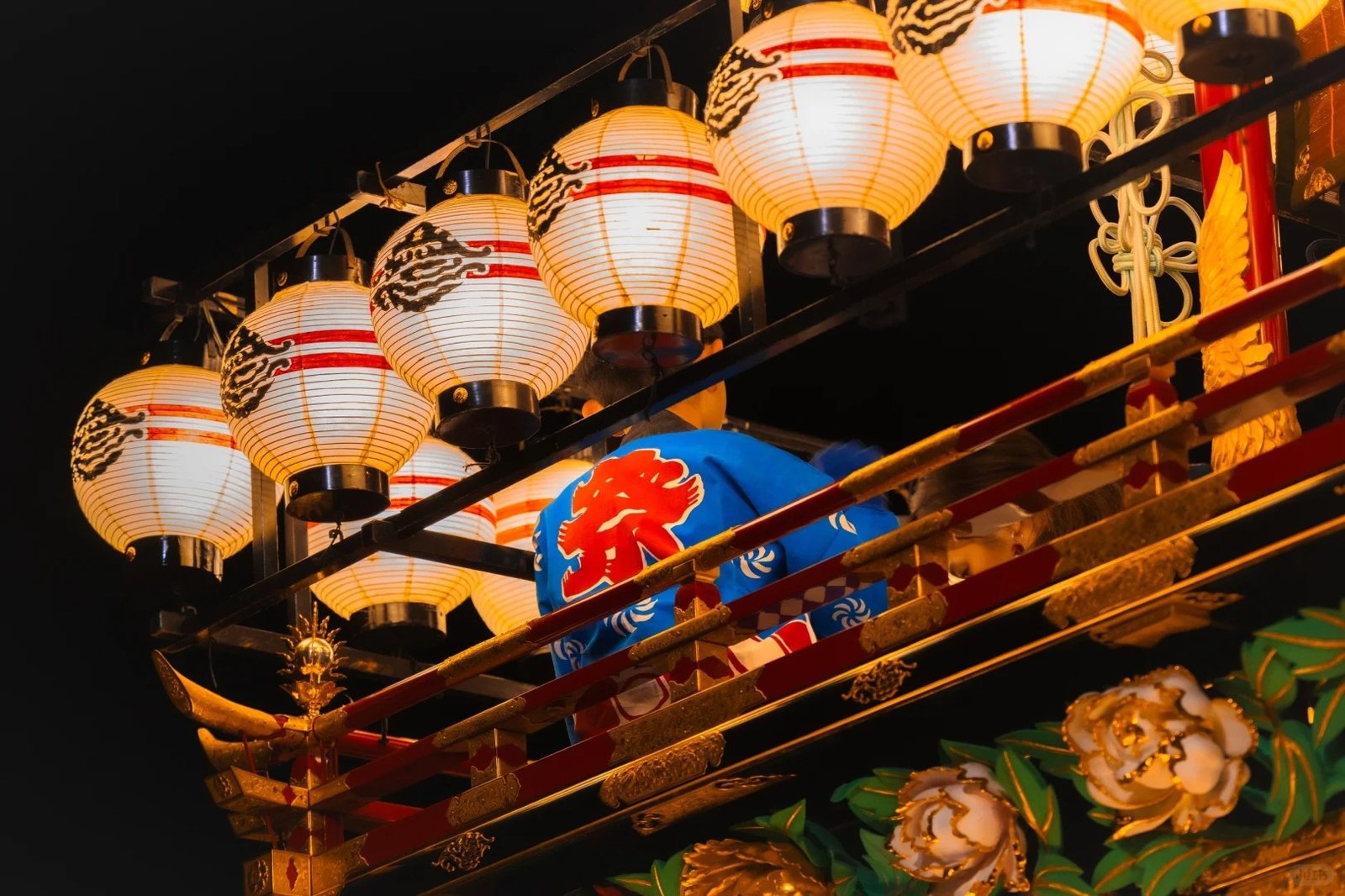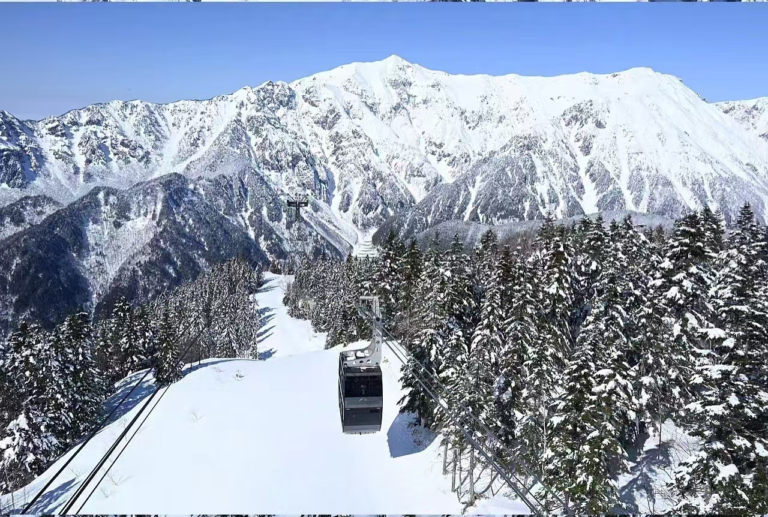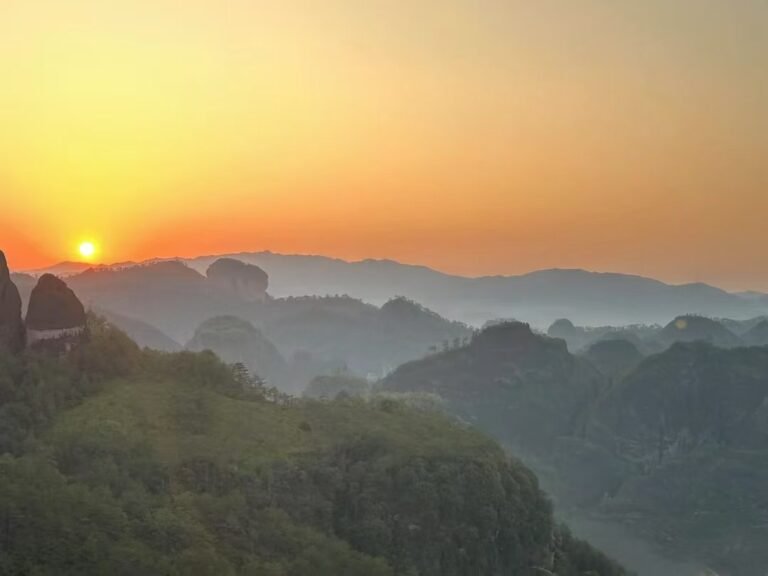Explore Unique Takayama Festival, a 3-day Itinerary with Hida
Why the Takayama Festival and Hida Combo is Unmissable
The Takayama Festival is one of Japan’s most stunning cultural events. It attracts visitors from all over the world each year. How can you make the most of your trip? We’ll guide you through a 3-day Takayama Festival itinerary that includes a visit to the charming Hida Folk Village, ensuring you see the best of this beautiful region.
The Takayama Festival, held in spring (April) and autumn (October), showcases Edo-period traditions. Enjoy ornate floats, puppet shows, and lantern-lit parades. Pair this with the Hida region—home to UNESCO-listed villages, misty mountains, and famous Hida beef—and you’ll enjoy a trip rich in culture and natural beauty.
This 3-day Takayama Festival itinerary with Hida is for travelers looking for:
- Crowd-free moments at Japan’s “most beautiful festival.”
- Authentic interactions with Hida’s living heritage.
- Seamless logistics, from timing to local-led experiences.
Whether you love Japanese culture, are a photographer, or are a first-time visitor, this itinerary will help you navigate the festivities. Let’s dive into your ultimate guide.
Table of Contents
What Should You Know About the Takayama Festival?
A Celebration Rooted in History
The Takayama Festival is celebrated twice a year in spring and autumn. It’s famous for its stunning floats and lively atmosphere. But why is this festival so special?
The Takayama Festival dates back 400 years. It started as a harvest thanksgiving and a way to build community. Today, it’s known for its yatai (floats)—beautifully carved pieces decorated with gold, silk, and moving puppets. The autumn festival (October 9–10) features lovely red maple leaves, while the spring festival (April 14–15) blooms with cherry blossoms.
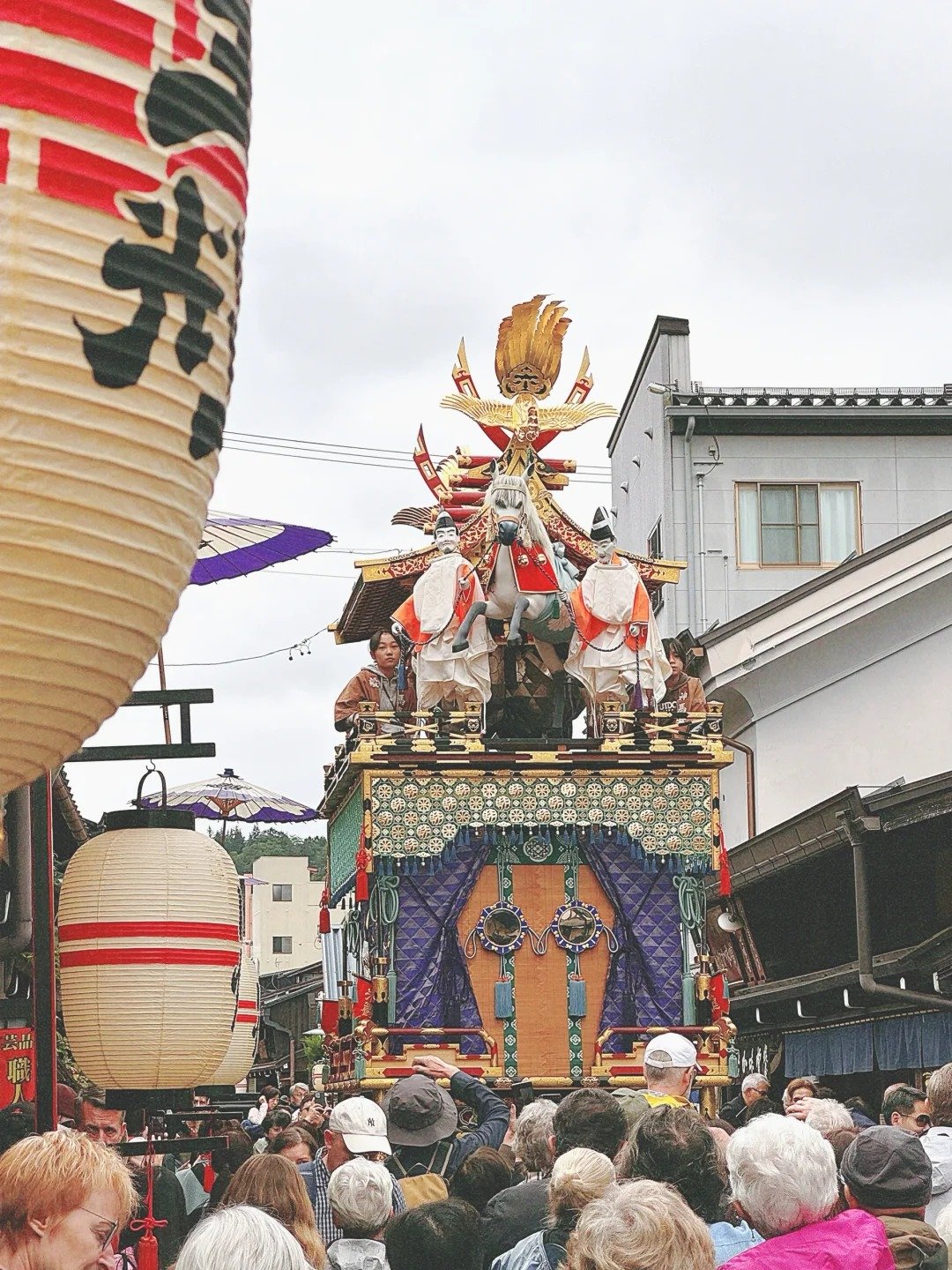
Takayama Festival Key Highlights
With elaborate floats, traditional music, and local food, the festival offers a unique look into Japan’s culture.
- Yomatsuri Night Festival: Floats lit by 100 lanterns parade through Takayama’s historic streets, creating a magical nighttime scene.
- Karakuri Performances: Puppet shows tell mythical stories, showcasing the region’s skilled artisans.
- Float (Yatai) Parade: Twelve important floats, decorated beautifully, showcase exquisite craftsmanship along Takayama’s ancient streets.
- Portable Shrines (Mikoshi) Procession: This procession carries portable shrines through the streets, accompanied by drums and prayers, creating a lively atmosphere.
- Local Delicacies: Enjoy Hida beef skewers, mitarashi dango (sweet dumplings), and sake brewed from Hida’s pure waters. These treats will delight your taste buds.
How Can You Plan a 3-Day Itinerary for the Takayama Festival?
Planning your 3-day itinerary can feel overwhelming, but we’ve broken it down into manageable sections to ensure you don’t miss anything.
Day 1: Takayama Festival Immersion & Old Town Secrets
Morning:
- 6:30 AM: Arrive via JR Takayama Line from Nagoya. Pro tip: Early arrival secures crowd-free views of float preparations. It’s a serene time to soak in the atmosphere.
- 8:00 AM: Breakfast at Miyagawa Morning Market. Savor Hida beef croquettes and chat with artisans crafting festival decorations. This market is a feast for the senses, with colors and aromas that will awaken your appetite.
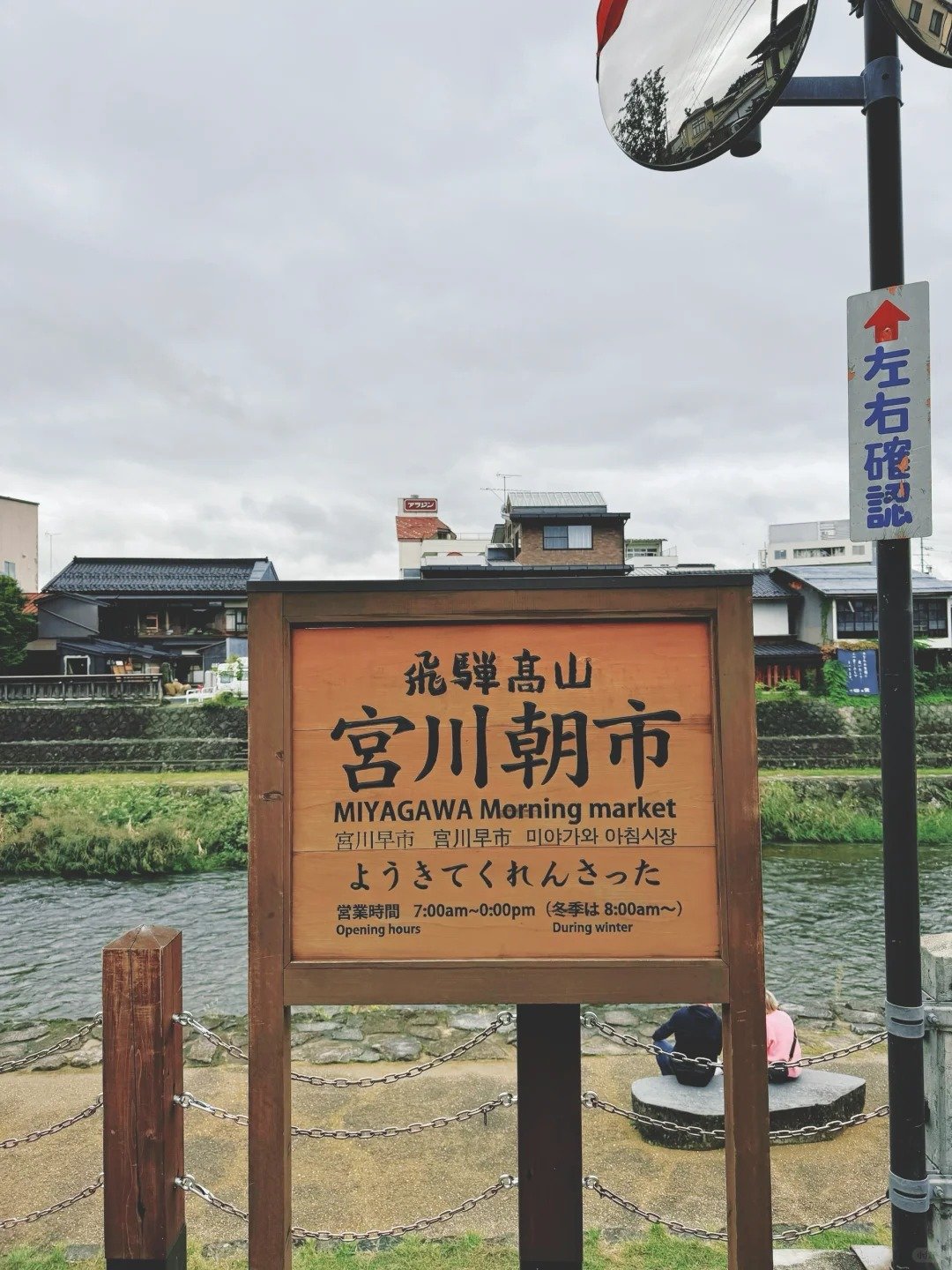
Afternoon:
- 11:00 AM: Join a guided yatai float tour (book via Takayama Jinya). Learn hidden symbols, like carp carvings symbolizing perseverance. This behind-the-scenes insight will deepen your appreciation for the artistry involved.
- 1:00 PM: Lunch at Suzuki Shouten, a 150-year-old shop serving Hida beef sushi. Opt for the “moriawase” platter to sample marbled cuts. The flavors are sure to linger in your memory.
- 3:00 PM: Explore Sanmachi Suji (Old Town) post-crowds. Visit Kusakabe Mingeikan, a merchant house turned museum, where you can learn about the town’s rich history.
Evening:
- 6:00 PM: Stake out a spot near Nakabashi Bridge for reflections of illuminated floats on the Miyagawa River. The sight is nothing short of breathtaking.
- 8:30 PM: Sake tasting at Funasaka Shuzou Brewery, a brewery using Hida’s mineral-rich water. Try their “Junmai Daiginjo” paired with pickled wasabi stems for a unique flavor experience.
For more detailed information, keep following through the Takayama Tourism Association website to get both procession and Night festival route.
Festival Activities Timetable:
| Activities | Period |
|---|---|
| Yomatsuri Night Festival | 14th of April, 18:00 – 21:00 |
| Karakuri Performances | 14th -15th of April, 10:00 and 14:00 |
| Float (Yatai) Parade | 14th -15th of April, 9:30 – 16:00 |
| Portable Shrines (Mikoshi) Procession | 14th of April, 13:00 – 16:00 15th of April, 12:30 – 16:00 |
Getting around Takayama with Bike:
Rent an e-bike to navigate traffic-free zones during the festival, making it easy and fun to get around.
2 ways to rent an E-bike in Takayama:
- Rent from the shop: Most of the bike stores are in the city centre or around the main attractions.
- Rent from the hotel: some of the hotels provide bike rental service, such as Hotel around Takayama
The cost of bike rental in Takayama:
The rental fee for electric bicycles usually ranges from 2,000 to 4,000 yen (USD 13-26) for 3 hours. The exact price can change based on the rental duration and the model you choose. Some stores also offer hourly options.
Day 2: Hida Folk Village & Craftsmanship
Morning:
- 7:30 AM: Take the 30-minute bus ride to Hida Folk Village. Arrive early to photograph gassho-zukuri farmhouses mirrored in the lake without crowds. This is definitely one of the most Instagrammable spots for a hashtag like #JapaneseCultureGems.
- 10:00 AM: Take part in a hands-on workshop at Hida Folk Village where you can create washi paper or lacquerware at Takayama Shunke Hida Kuruwa. Pre-book via Viator for discounts and a guaranteed time slot.
Afternoon:
- 12:30 PM: Rent a car (or hire a driver) to Shirakawa-go. En route, stop at Shoukouji Temple for spring cherry blossoms, which create a picturesque backdrop. Don’t forget to have some snacks on the road since we will have lunch late today.
- 3:00 PM: Enjoy lunch at Irori, a farmhouse restaurant serving mountain trout grilled over irori hearths. Don’t forget to try the “iwana,” which adds an authentic touch to your culinary experience.
Evening:
- 5:30 PM: Check into Honoka Hida Takayama, a ryokan with private open-air onsen baths. Relax in the soothing waters while taking in the serene surroundings.
- 7:30 PM: Kaiseki dinner featuring Hida beef shabu-shabu and foraged mountain vegetables. Enjoy a kaiseki dinner with Hida beef shabu-shabu and fresh mountain vegetables. This meal highlights the finest local flavors.
Comparison Table: Hida Folk Village vs. Shirakawa-go
| Feature | Hida Folk Village | Shirakawa-go |
|---|---|---|
| Architecture | Gassho-zukuri farmhouses | UNESCO World Heritage site |
| Activities | Hands-on workshops, seasonal festivals | Scenic views, traditional homes |
| Accessibility | Easily accessible by bus | Requires a car for convenience |
| Experience | Interactive cultural experience | Stunning landscapes and photo ops |
Day 3: Nature, Nostalgia & Departure
Morning:
- 6:00 AM: Hike the Higashiyama Walking Course. This 3.5-km trail connects temples and offers misty views of the Hida Mountains.
- 9:00 AM: Breakfast at Center4 Hamburgers. It is a retro café offering Hida Beef Loco Moco – a fusion of Hawaiian and Japanese comfort food. Which will definitely fuel you for the day.
Afternoon:
- 11:00 AM: Visit Takayama Festival Float Exhibition Hall. Use the 3-day “Sarubobo Pass” for discounted entry and discover the history behind these magnificent floats.
- 1:30 PM: Shop at Hachiman Sake Brewery for sarubobo doll-themed souvenirs. These charming dolls make for unique keepsakes from your trip.
- 3:00 PM: Coffee break at Café Kotte, housed in a 1920s bank. Order the “Hida Roast” blend and matcha cheesecake for a delightful afternoon treat.
Evening:
- 5:00 PM: Return to Nagoya via Hida Wide View Train. Reserve seat E/F for river valley panoramas that will leave you in awe of Japan’s natural beauty.
🚅 Secure your Japan Rail Pass for stress-free Hida exploration.
Where to Stay for 3 days in Takayama?
Takayama is not big city, but there are still different choices based on personal experience and daily travel convenience. If you enjoy hot springs, consider staying at a hotel near Okuhida Onsen Village. You’ll find a peaceful setting and great hot springs. However, this option doesn’t fit into the 3-day itinerary.
Recommended Hotel Area
Near Takayama Station: This area is the best for staying in. It’s close to transport, making it easy to visit major attractions and nearby sites. Many restaurants and shops are within walking distance.
Takayama Old Street: For a taste of traditional Japanese culture and food, staying near the old street is a great option. There are many ancient buildings and local specialty shops here.
Takayama Hotels Recommended by Price Range
Affordable Takayama hotel:
4-star quality Takayama hotel:
What Are the Must-See Attractions in Hida Folk Village?
Hida Folk Village is a treasure trove of cultural experiences. But which attractions are essential?
- Gassho-Zukuri Houses: These farmhouses with thatched roofs came from Shirakawa-go. They show us a view of traditional rural life.
- Traditional Workshops: Engage in indigo dyeing or charcoal making to immerse yourself in local crafts.
- Seasonal Festivals: When visiting in April, cherry blossoms are a seasonal touch. Depending on when you visit, you might catch autumn leaf-lit nights or snow festivals in winter, adding a magical touch to your experience.
Explore the various buildings that have been relocated from across the Hida region, each with its own story. Don’t miss the chance to sample local food and craft specialties while participating in hands-on workshops.
Pro Tip: Pre-book workshops via Klook to guarantee slots during peak seasons
Why Should You Visit Takayama During the Festival?
While Takayama is beautiful year-round, what makes visiting during the festival truly special?
- Cultural Intensity: The festival transforms Takayama into a living museum, with locals in kimono and streets alive with taiko drums, creating a vibrant atmosphere.
- Exclusive Access: Enjoy private float viewings and sake tastings that are unavailable off-season, enhancing your cultural immersion.
- Photographic Magic: Golden hour floats and lantern-lit riversides offer unmatched photo ops, creating memories that will last a lifetime.
During the festival, the streets come alive with parades, food stalls, and cultural performances. It’s a time for locals and visitors to join in celebration. This event lets everyone connect with the community and feel the essence of Japanese culture.
Conclusion: Is a 3-Day Itinerary for the Takayama Festival Worth It?
Absolutely! A 3-day itinerary for the Takayama Festival, combined with a visit to Hida, is an immersive journey into Japanese culture and history. The beautiful floats and tasty local food, along with the calm scenery of Hida Folk Village, will give you unforgettable memories and a greater love for Japan’s heritage.
So grab your camera, pack your bags, and get ready to experience the magic of the Takayama Festival! Whether you’re a seasoned traveler or a first-time visitor, this adventure will captivate your heart and soul. Safe travels!
If you want to dive deeper into Gifu area, this post 2024 Must-See Dragon Route Itinerary in Central Japan is your top choice!
FAQ
